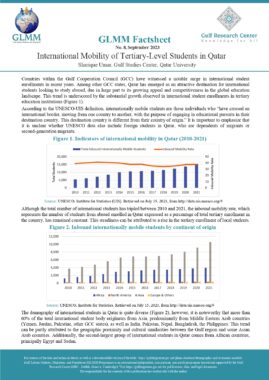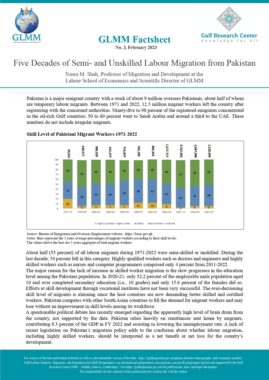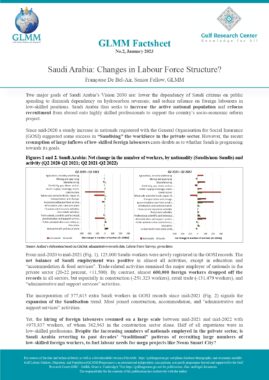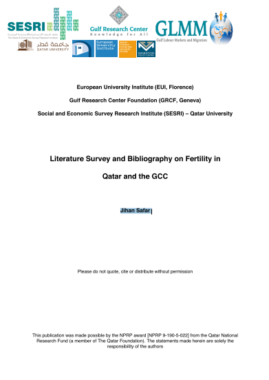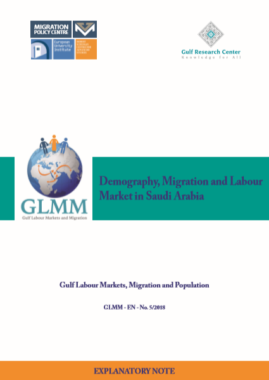Kuwait: Population by nationality (Kuwaiti/non-Kuwaiti), sex and administrative region (governorate) of residence (December 2014).
| Governorate | Kuwaiti | Non-Kuwaiti | Total | ||||||
| Male | Female | Total | Male | Female | Total | Male | Female | Total | |
| Capital Governorate | 114,750 | 120,955 | 235,705 | 181,262 | 121,086 | 302,348 | 296,012 | 242,041 | 538,053 |
| Hawalli Governorate | 107,516 | 110,791 | 218,307 | 385,137 | 294,957 | 680,094 | 492,653 | 405,748 | 898,401 |
| Al-Ahmadi Governorate | 133,565 | 136,144 | 269,709 | 407,923 | 149,125 | 557,048 | 541,488 | 285,269 | 826,757 |
| Al-Jahra Governorate | 86,208 | 90,418 | 176,626 | 194,082 | 125,807 | 319,889 | 280,290 | 216,225 | 496,515 |
| Al-Farwaniya Governorate | 111,637 | 117,300 | 228,937 | 637,929 | 227,710 | 865,639 | 749,566 | 345,010 | 1,094,576 |
| Mubarak Al-Kabeer Governorate | 72,425 | 73,842 | 146,267 | 46,017 | 40,144 | 86,161 | 118,442 | 113,986 | 232,428 |
| Not stated | 155 | 151 | 306 | 2,929 | 2,028 | 4,957 | 3,084 | 2,179 | 5,263 |
| Total | 626,256 | 649,601 | 1,275,857 | 1,855,279 | 960,857 | 2,816,136 | 2,481,535 | 1,610,458 | 4,091,993 |
Source: PACI
ANNEXED NOTE
1. Characteristics of data and definitions
The source of data used here is the Public Authority for Civil Information (PACI), an independant government body in charge of :
1- centralising all population and labour force data in order to manage a fully computerised population register
2- issuing mandatory civil identification cards to every resident of the country, regardless of age and nationality.
The other source of demographic and socioeconomic data on Kuwait is the Central Statistical Office (CSO), operating within the Planning Ministry. The CSO has conducted ten population and housing censuses since its inception in 1957.
(a) Kuwaiti: the Kuwaiti nationality rests upon a document of Kuwaiti nationality or a certificate proving Kuwaiti nationality issued by the Ministry of Interior of Kuwait.
(b) Non-Kuwaiti: his/ her nationality is determined by the name of the State having issued the passport. The foreign national also entered Kuwait legally and has a stamp of residence.
This category includes the Bidoon, a category of stateless persons living in the Emirate. Kuwait’s Bidoon population originates from three broad categories:
1) those whose ancestors failed to apply for nationality or lacked necessary documentation at the time of Kuwait’s independence in 1961;
2) those recruited to work in Kuwait’s army or police force during the 1960s who permanently settled in Kuwait, along with their families;
3) children of Kuwaiti mothers and stateless or foreign fathers (see Human Rights Watch. Prisoners of the Past. Kuwaiti Bidun and the Burden of Statelessness, June 2011, p. 3).
(c) Population in the labour force: population aged 15 years and above, included in the labour market, either employed (in the government or private sector, as itinerant worker, employed in the domestic sector), or unemployed.
(d) Population out of the labour force: population aged 15 years and above, not contributing to any economic activity and not included in the labour market, among which the students, the housewives, the retired persons or self-sufficients.
2. Institution which provides data
The Public Authority for Civil Information (PACI)
3. Period of data coverage: December 2014
The database is updated three times a year and the website presents only the most recent data.
4. Data availability
Analytical tables and data crosstabulations are available for download in PDF, html, .png and Excel (.csv) formats.
Date of access: May 2015
Similar Posts:
- Kuwait: Population by nationality (Kuwaiti/non-Kuwaiti), sex and administrative region (governorate) of residence (December 2015)
- Kuwait: Population aged 10 and above by nationality (Kuwaiti/ non-Kuwaiti), sex, age group and highest education level reached (December 2016)
- Kuwait: Population aged 10 and above by nationality (Kuwaiti/ non-Kuwaiti), sex, age group and highest education level reached (December 2014)
- Kuwait: Population by nationality group, sex and administrative region of residence (census 2021)
- Kuwait: Population in the labour force aged 15 and above by nationality group, sex and occupation group (2018)






























